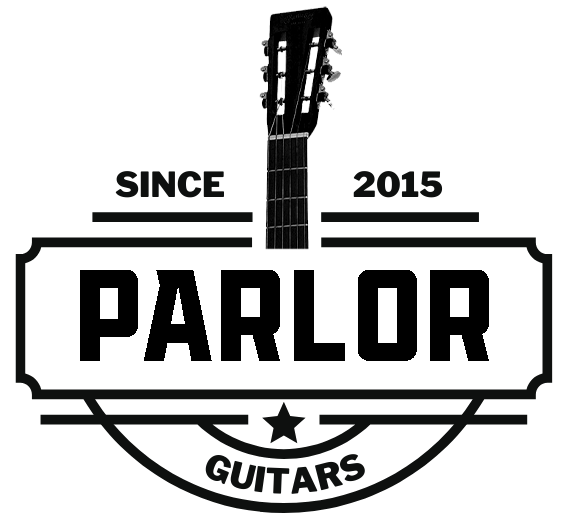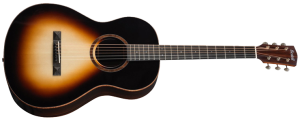Parlor guitars are a type of acoustic guitar that have gained popularity in recent years. These small-bodied guitars have a unique sound that is loved by musicians and music enthusiasts alike. In this article, we will delve into the parlor guitar history, characteristics, and playing style.
Parlor Guitars History
Parlor guitars were first introduced in the late1800s as a response to the growing popularity of the guitar in the United States. These small-bodied guitars were designed to be played in the parlor, hence their name. They were also used in other small settings such as small concert halls, saloons, and other intimate venues.
Parlor guitars were particularly popular in the early 20th century, with several major guitar manufacturers producing them in large quantities. These included companies such as Martin, Gibson, and Washburn. However, their popularity began to wane in the mid-20th century as larger guitars with louder sound became the norm.
In recent years, there has been a resurgence of interest in parlor guitars, with many musicians and enthusiasts appreciating their unique sound and portability.
Characteristics of Parlor Guitars
Parlor guitars are typically smaller than standard acoustic guitars, with a body length ranging from 18 to 21 inches. They have a narrower waist and shoulders, and a smaller soundboard, which gives them a unique tone that is often described as bright and clear.
The top of a parlor guitar is usually made of spruce, which is a popular wood for acoustic guitar tops due to its strength and resonance. The back and sides can be made of various woods, including mahogany, rosewood, or maple, which also affect the tone and character of the guitar.
One of the most unique characteristics of parlor guitars is their neck. They have a shorter scale length, usually around 24 inches, which makes them easier to play for those with smaller hands. The shorter scale length also contributes to their distinctive sound, as it produces a tighter and more focused tone.
Playing Style of Parlor Guitars
Parlor guitars are often associated with fingerstyle playing, due to their small size and narrow neck. They are particularly well-suited for blues and folk music, as they have a clear and articulate sound that can cut through a mix of instruments.
Fingerstyle players can take advantage of the parlor guitar’s smaller size by using their thumb and fingers to pick out individual notes and create intricate melodies. The tight and focused sound of the parlor guitar also makes it a great choice for fingerstyle players who want to emphasize the nuances and subtleties of their playing.
Parlor guitars are also great for flatpicking, as their smaller size and shorter scale length make them easy to maneuver and play quickly. They are a popular choice for bluegrass and country music, where fast, precise playing is essential.
Conclusion
In conclusion, parlor guitars are a unique and versatile type of acoustic guitar. There is a rich parlor guitar history and a bright future. Their small size and distinctive sound make them well-suited for a variety of playing styles, from fingerstyle to flatpicking. Whether you’re a beginner or an experienced player, a parlor guitar is a great addition to any collection.

